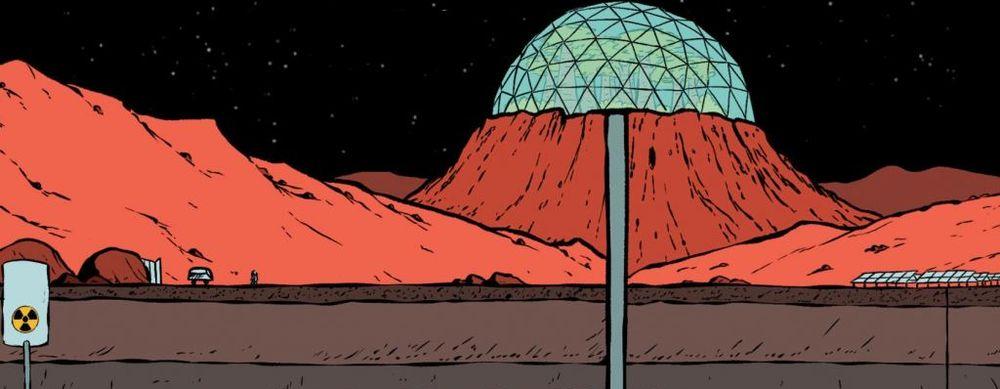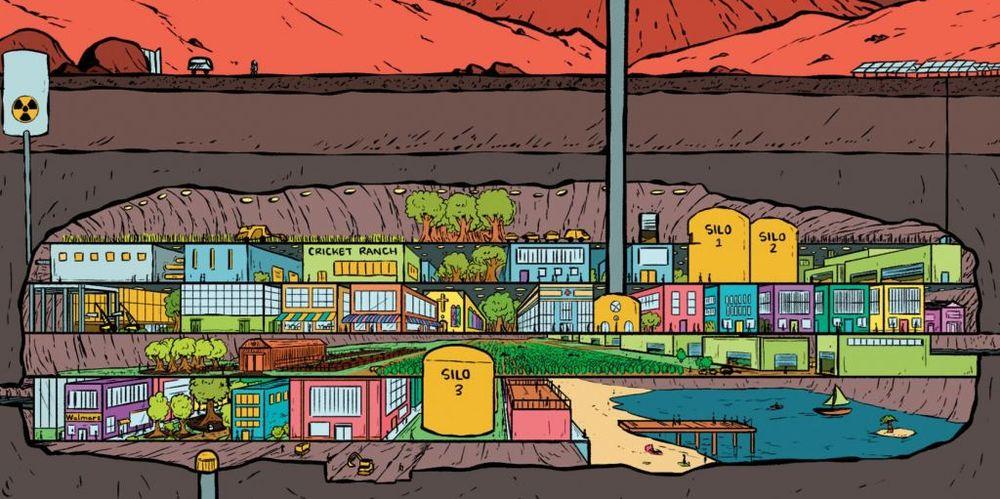In recent weeks we have witnessed the plans that NASA and other entities have to colonize the Moon and Mars, build homes, roads and start full-fledged civilizations. But perhaps those who are betting on these plans are going too fast. At least, that’s what two experts think who have just published a book where they make things very clear.
The Weinersmiths, Kelly and Zach, have worked for a long period of time with the intention of analyzing this colonization of space on which such important names as Elon Musk and Jeff Bezos are betting. His book, titled A City on Mars, analyzes this project from different angles to discover if it can really become something viable as it is being proposed.
A traumatic result
The bad news is that the authors of the book believe that the projects they are talking about are moving too fast and that they are concentrating on the more romantic side of space conquest. But in doing so, they are leaving aside much of the reality of what it means to take humanity to other planets or places in space like the Moon.

They acknowledge that, when they began writing the book four years ago, their point of view was one of optimism. They dreamed of that moment when the first cities would be founded on the Moon and Mars. However, as time went by and they investigated more and more, that initial enthusiasm and optimism changed until it became one of the greatest pessimisms imaginable. They claim that it was so hard that it traumatized them. Although we will later explain their conclusions better, we can tell you that, as they say, they believe that, in the short term, it is not a viable project. And, in the long term, although the Moon could be colonized, they believe that it would be under undesirable conditions.
It’s not a realistic idea
In the book, the Weinersmiths comment that, as good as it may sound, the projects that are talked about so much in the press are leaving aside the most realistic aspect of this type of ideas. Above all, they claim that the way living in space will affect people is not being taken into account. They also believe that everything related to the way in which this society will develop at an enormous distance from Earth and even how reproduction will be carried out so that the first people of lunar or Martian origin can be born are being ignored.
They believe that the existential risks are being downplayed and that attention is only being directed towards how beautiful and attractive this type of plan is. They are concerned, for example, about the way in which a distribution of space territory will be established, the rights over it and the way in which the different countries on Earth will have control or not over these civilizations. They find it more complicated than one can imagine and a problem that would put politicians in very delicate positions that would lead to sensitive decisions. That is, we should not think that all this is as easy as sending a ship to the Moon, building a house and starting lunar civilization overnight.

The book includes interviews and all kinds of studies that, as you can see, are not optimistic. In one of the sections they delve into the little information that humanity has about the way in which constant exposure to space radiation or reduced gravity will affect people. How will it affect the lives of these first colonists and also how will it influence the first children born in space? They believe that this type of project cannot be proposed within a period of 20 years, no matter how much Elon Musk has said that he will put his fortune on the table so that it will be in two decades when humanity can live in space. The project has to be for a longer term to guarantee that there will be no problems or difficulties.
They propose, for the project to go better, that space agencies around the world begin to develop isolated ecosystems on Earth that replicate the conditions that would be experienced living in space. There are already some initiatives of this caliber, but the goal would be to continue shaping more versions until we find the key to what would work in each space environment. Furthermore, these underground cities would have to be developed to live on the Moon in a coherent way and taking into account all the needs that the first settlers may have.

For the Weinersmiths, one of the most problematic things is thinking about the children born in these places in space, who could encounter obstacles in their growth or even in becoming adults. They want the authorities and space agencies to think very carefully about all this and develop the necessary programs so that the first generations of space children do not end up being guinea pigs with which the simple theory is tested.
Today, it cannot be said that everything contributed by these experts is not a little disappointing, because until now we imagined seeing people living on the Moon or Mars just as we have seen in science fiction series. In any case, from time to time it doesn’t hurt to have a dose of reality to bring us down from the clouds a little. There is still a lot to do so that the Earth can resort to that survival plan B that politicians around the world are looking for so much.













